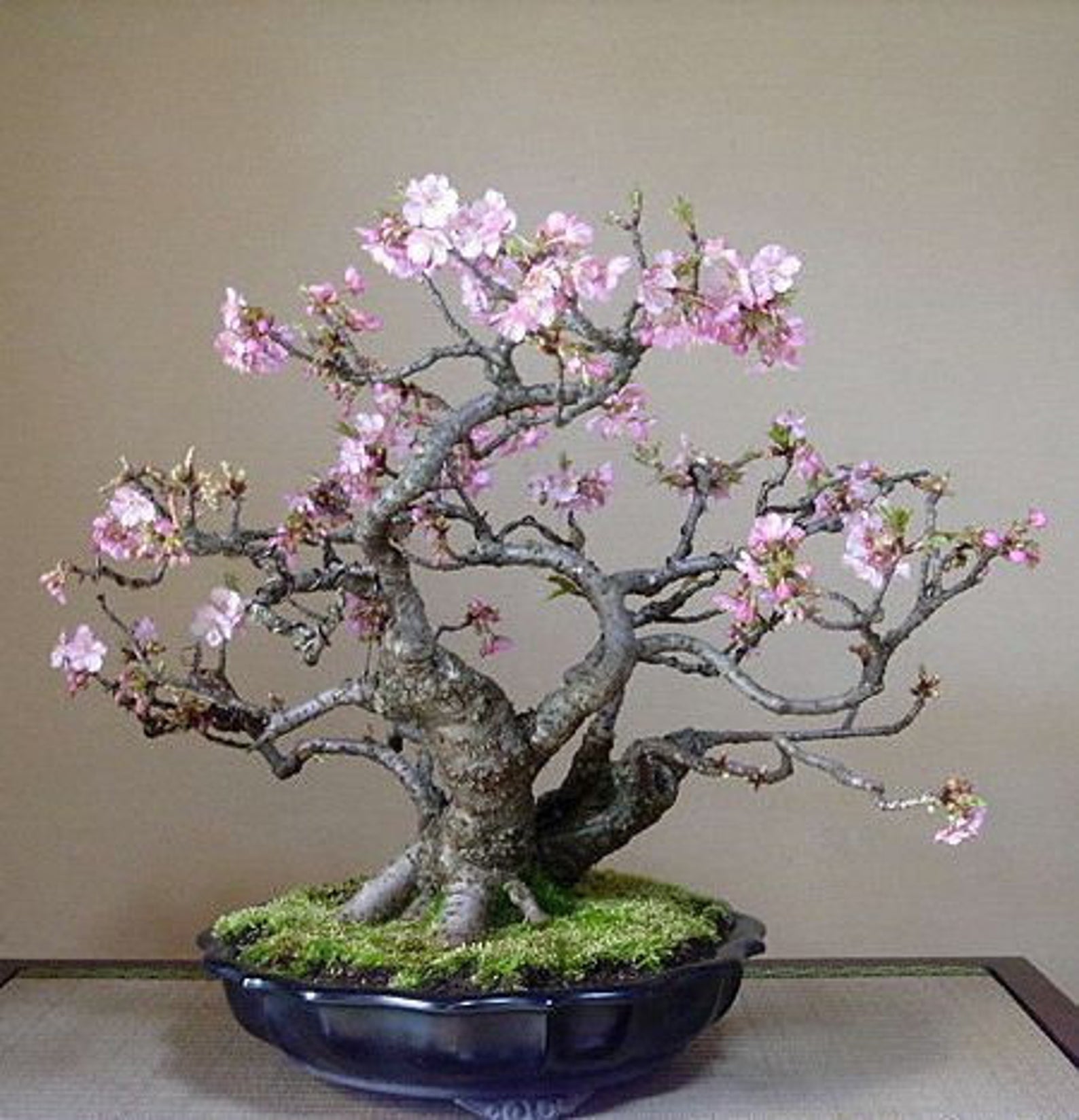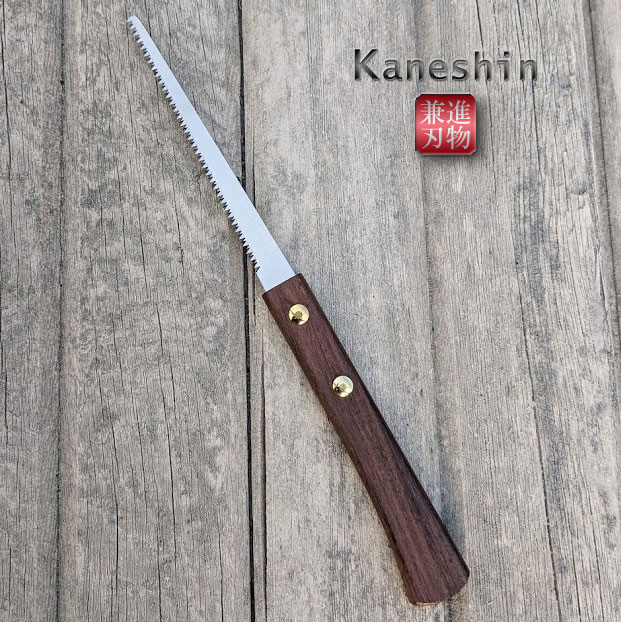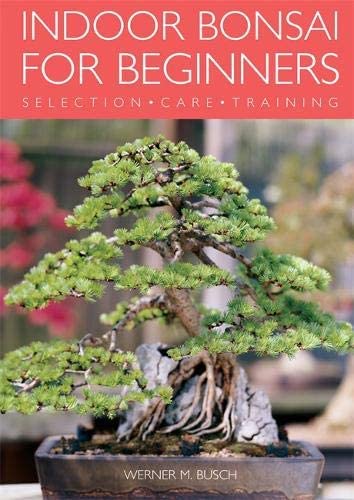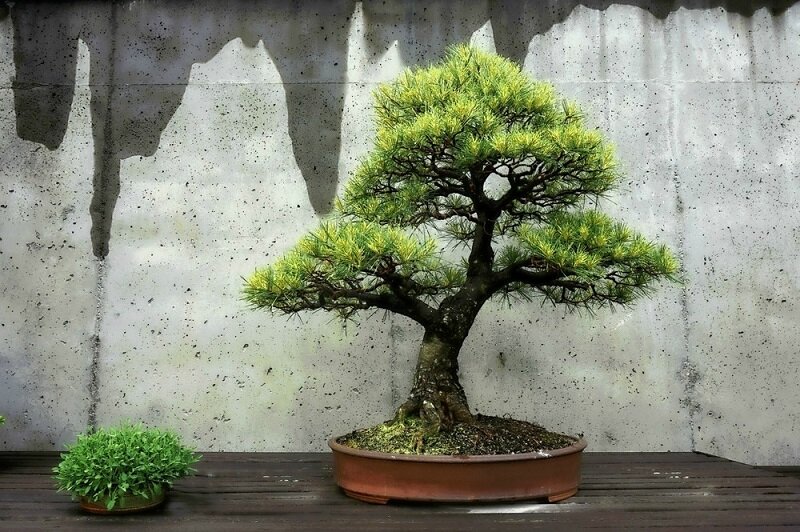Bonsai For Beginners
Bonsai for beginners is a great way to get started with the hobby. You don’t need any expensive equipment or fancy pots, all you need is some patience and an artistic eye.
In this blog post I’ll teach you everything you need to know about bonsai trees. We’ll start by discussing different types of bonsais, which are suitable as beginner plants, and how they’re cared for in the first few months after transplanting. Ready? Let’s go!
What are bonsai plants?

Bonsai plants come in many different shapes and sizes.
- from miniature styles that only grow up to 6 inches tall – perfect if your looking for something small on a desk or table
- all the way up to large 100 year old specimens that can be as tall as 15 feet.
But not all plants make good bonsai trees, so you need to be careful when choosing your specimen. Here are a few criteria that I use when selecting a plant for my collection:
• How large does it grow?
Some plants grow very quickly and will outgrow their container within the first 2 years, others will take 10+ years to reach the same size.
Also consider that the plant you choose doesn’t grow too tall or wide for your taste.
• How long does it live?
If a bonsai tree has leaves that are constantly falling off and you don’t know why – then it probably isn’t getting enough light.
Bonsai must be planted in a place with several hours of sunlight every day.
• How easy is it to care for?
Certain plants are naturally more delicate than others and will require special attention to watering, temperature, light and humidity.
This makes them great beginner bonsais but might not be suitable if you’re looking for a longer term project.
• What is the maintenance and style of your collection?
Remember, if you’re a beginner your not going to want to go all out on ten bonsais because you’ll get overwhelmed.
You should start small with just one or two specimens before adding more trees. Decide what style of bonsai you like best and start building a collection.
Best bonsai trees for beginners
The best bonsai trees for beginners are the Japanese white pine, Japanese maple, and Chinese elm.

These plants have a low-maintenance factor and can be grown in small pots or containers.
They also grow to about 2 feet tall so they’re perfect for desks or shelves.
With proper care these plants will live up to 100 years old!
Start with one of these three bonsai trees at home today!
Easiest bonsai for beginners
There are many bonsai species that work well for beginners, but one of the easiest to care for is the ficus.
This tree can grow indoors or out and will need watering once a week in order to thrive. The general rule of thumb is to keep it evenly moist, without letting it dry out or get soggy wet.
It also requires sun light in order to photosynthesize and grow properly- so make sure you put your little guy somewhere nice and sunny!
Bonsai tree care for beginners
For the bonsai beginner, caring for bonsai trees can be a daunting task. I am here to help take some of the guesswork out of it and provide you with easy tips that will make caring for your bonsai tree as simple as possible.
Always water your bonsai tree from below by submerging the pot in water. This will avoid any risk of root rot or other diseases caused by wet soil which is caused when watering from above .
Never expose your precious bonsai to sunburn by placing it outside during midday hours without protection against direct sunlight.
Instead bring it inside at this time so that its leaves have time to adjust to lower light levels before being exposed again later on.
Caring for bonsais indoors

If at all possible, always keep your bonsai tree indoors. This will protect it from cold spells in winter and strong winds & storms during the hot summer months. There is also less risk of pests or disease if you keep them inside.
It’s important to place your bonsai tree in a well-ventilated area, near windows where it can receive 6 or more hours of sunlight every day.
Consider using transparent plastic to block out harsh light during the hottest part of the afternoon.
If you’re placing your bonsai tree outdoors for the summer months, remember that leaves can burn and drop off if exposed to direct sunlight for too long.
It’s best to bring your bonsai indoors in the middle of the day for about 4 hours, then return it to its outdoor location before sunset.
This will let the leaves rest and cool down as they take on a reddish hue from the sun for the night.
Make sure to keep your bonsai away from heating vents, fireplaces and any other source of heat or’ flame.
Caring for bonsais outdoors
If you’re going to place your plant outside during summer months, do so for only a few hours per day.
Remember that they can burn easily by beings rays. Then once it gets dark outside, move it back outdoors for the night.
If your plant is being placed outside during cold winter months, make sure to bring it back inside after three or four hours to stop the freezing wind from drying out its leaves and branches or you may lose them.
Bonsai tools for beginners

In order for the tree’s life cycle to proceed at a normal pace, it needs light and water. It also needs pruning, cutting back of excess branches or leaves when needed and fertilizing.
These are all things that can be done with good quality bonsai tools. So without any further ado here is our list of top 5 must-have bonsai tools: 1) A pair of small scissors 2) Wire cutters 3) Pruners 4) Saw 5) Potting shears
#1: Scissors – Last but not least you should have a pair of scissors in your tool box! These are useful for more delicate things like pruning or cutting off leaves and branches that are already dead or dry.
#2: Pruners – Another item that you will need for any beginners bonsai kit is pruning shears.. These are necessary when it comes to trimming excess branches on your plant or pruning back leaves. They are also useful for trimming your bonsai tree’s roots.
#3: Wire Cutters – This tool is a necessity when it comes to training your bonsai tree. It makes cutting branches and wiring them easier and faster.
#4: Saw – Normally this one is used for larger trees which tend to get out of control and need pruned down but it can also be useful when you’re training your bonsai to grow in certain shapes.
#5: Potting Shears – A tool that’s a must have for any Bonsai beginner. You’re going to need it in order to repot your bonsai tree as well as trimming the roots while doing so.
This is especially useful when you’re working with a bonsai tree that’s in a container.
Bonsai beginners kit
If you are a bonsai beginner, you will need to start with a kit.
There are many kits out there but I recommend the basic one from Bonsai Outlet because it is easy and inexpensive.
This kit includes everything that you need to get started: tools, soil, rocks, wire mesh for training trees in pots or baskets.
It also comes with two tree starters: juniper and pine. The instructions provide step-by-step directions on how to plant your new trees into their respective containers and care for them as they grow.
Bonsai for beginners book
Bonsai for beginners is a great book that can teach you how to care for your bonsai tree.

It will show you the basics of how to plant, water, and take care of your bonsai garden.
This book also has additional tips on what types of plants are best suited for bonsai gardens as well as suggestions on what type of containers work best.
All in all this book is a great resource if you’re looking to start taking care of a bonsai tree!
Conclusion
Hopefully after reading this article, you know everything there is about Bonsai for beginners.
We have discussed in-depth what a bonsai tree is and how it can be used for beginners or experts alike.
You have also learned what kind of bonsai tree would best suit your needs as a beginner or expert.
Lastly, we talk about some tips on taking care of these beautiful plants so that they live long and prosper!
With all this knowledge at hand, hopefully you’ll want to subscribe to our newsletter below!

